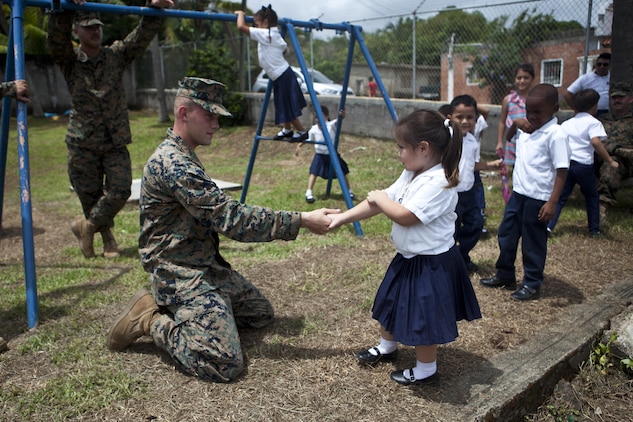BUSAN, South Korea, Oct. 17, 2017 — Maritime forces from the
United States and South Korea, together with personnel from United Nations
Command Sending State nations, began a multinational mine warfare exercise in
waters off South Korea's eastern coast Oct. 15.
The mine countermeasures ship USS Chief left here after a
short visit to join other participants. Integration procedures began to ensure
all exercise participants can work together, officials said.
Over the next week, mine countermeasure ships, aircraft and
explosive ordnance personnel will conduct a series of drills meant to practice
procedures and tactics to detect and neutralize sea mines to create safe
navigation routes. The evolutions are meant to provide increased mine
countermeasure interoperability and readiness to respond to a contingency on
the Korean Peninsula, officials explained.
"This exercise is an incredible opportunity for our
[mine countermeasure] forces and our staff to conduct complex mine
countermeasure operations with our much-valued allies and friends in support of
the Republic of Korea navy and other nations committed to defending the Korean
Peninsula," said Navy Capt. Jim Miller, commodore of Mine Countermeasures
Squadron 7, whose staff will participate in the exercise from Chinhae, South
Korea.
Exercise Follows Symposium
Leading up to the exercise, U.S. Naval Forces Korea and the
South Korean navy hosted their fourth annual Mine Countermeasures Symposium at
the Republic of Korea Fleet Headquarters here Oct. 12-14. The three-day-long
exchange was designed to enhance mine countermeasure coordination, training and
cooperation and to improve capabilities in mine countermeasures operations.
The relationship between the U.S. and South Korean navies is
stronger than it ever has been, said Navy Rear Adm. Brad Cooper, commander of Naval
Forces Korea.
"Together, our navies work to strengthen the alliance
and relationships we have with the UNC Sending States through engagements like
the symposium that highlight cooperation and interoperability, Cooper
said."
In attendance at the symposium were representatives from
nine UNC Sending States: Australia, Canada, Japan, New Zealand, the
Philippines, South Africa, Thailand, Turkey and the United Kingdom. The UNC
Sending States representatives also will observe portions of the exercise.
Participating nations contributing forces to exercise
include Canada, the Philippines, South Korea and the United States.









